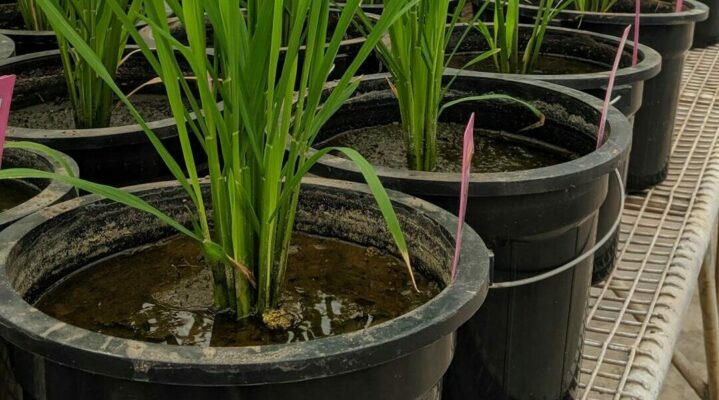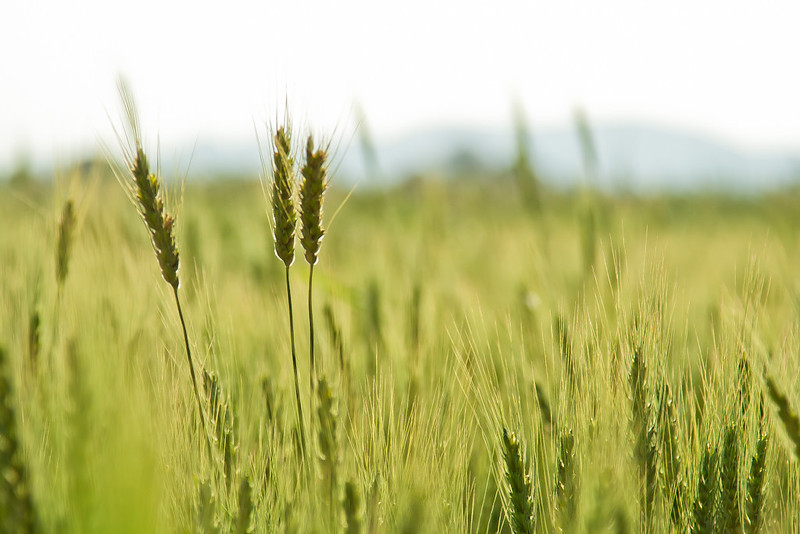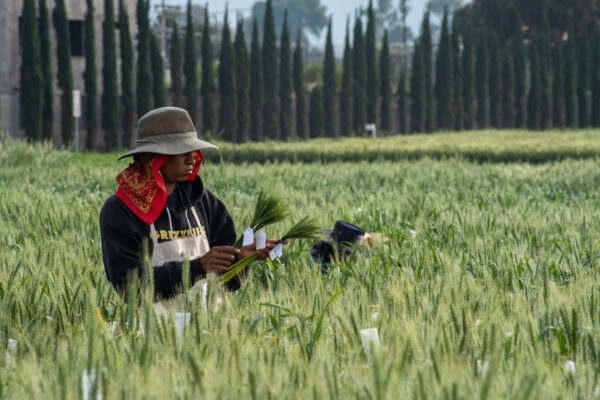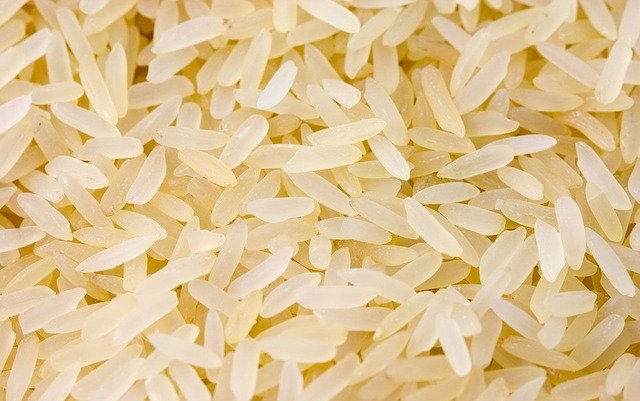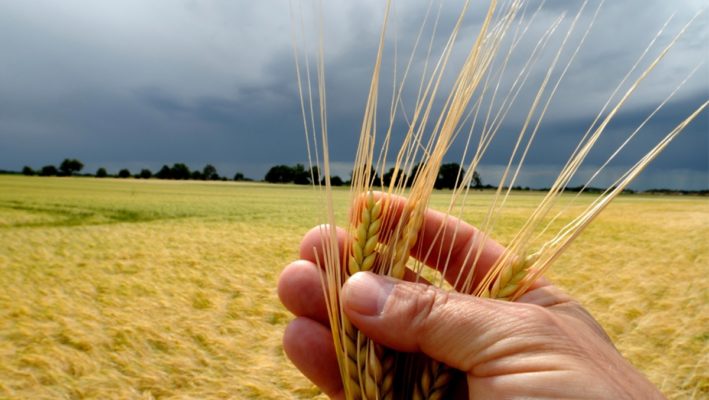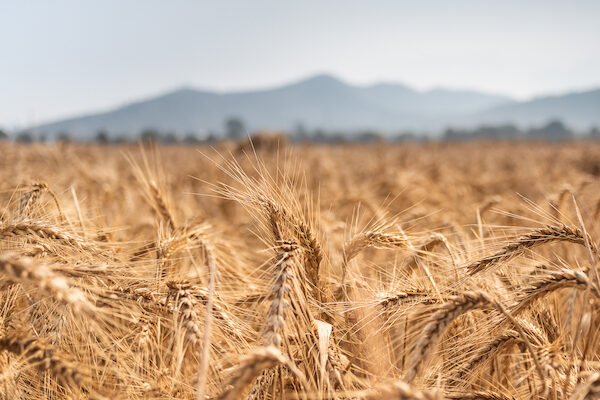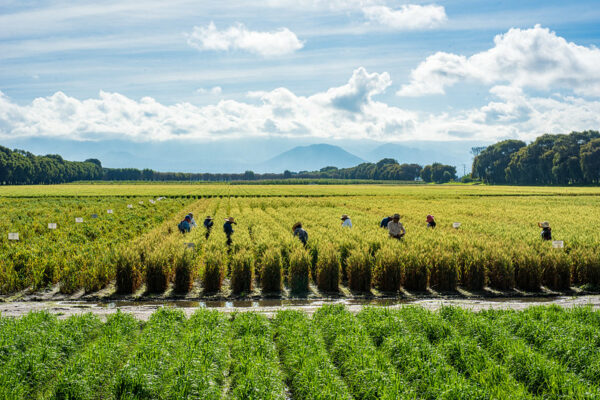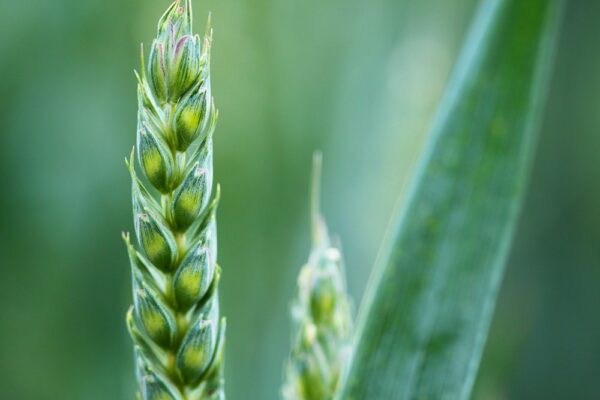
Researchers have demonstrated that unique fungi strengthen the "immune systems" of wheat and bean plants against aphids. Fungi enter and influence the amount of a plant’s own defences, resulting in fewer aphids. Results could serve to reduce agricultural insecticide usen.
Read More



